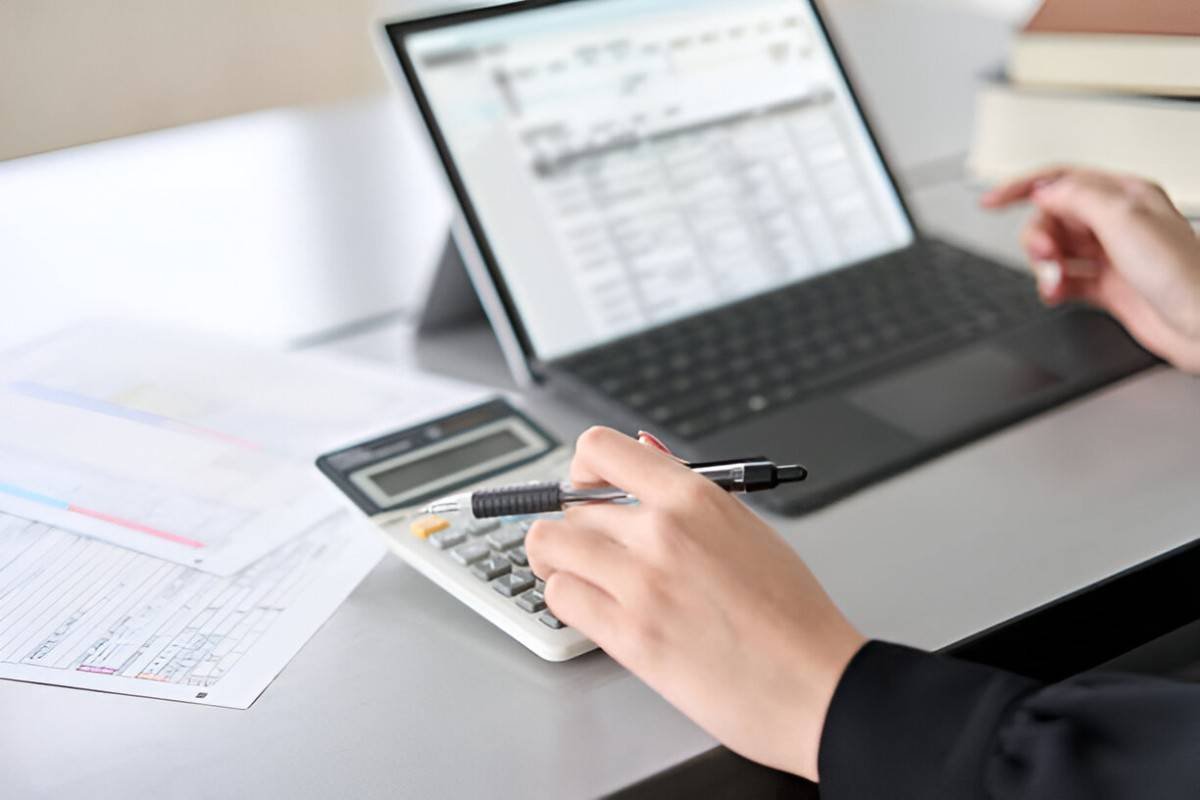As someone who has spent years analyzing financial statements, I know how daunting accounting terms can be for beginners. One concept that often causes confusion is Net Book Value (NBV). Whether you’re an investor, a business owner, or just starting to learn finance, understanding NBV is crucial. In this guide, I’ll break it down in simple terms, explain its importance, and show you how to calculate it with real-world examples.
Table of Contents
What Is Net Book Value?
Net Book Value (NBV), also called carrying value, represents the value of an asset as recorded on a company’s balance sheet. It’s calculated by subtracting accumulated depreciation, amortization, or impairment from the asset’s original cost.
The formula for NBV is:
Net\ Book\ Value = Original\ Cost - Accumulated\ Depreciation/Amortization/ImpairmentFor example, if a company buys machinery for \$50,000 and records \$10,000 in accumulated depreciation, the NBV would be:
NBV = \$50,000 - \$10,000 = \$40,000Why Net Book Value Matters
NBV helps businesses and investors assess the real worth of an asset after accounting for wear and tear. Unlike market value, which fluctuates based on demand, NBV provides a stable, accounting-based measure.
Key Uses of Net Book Value
- Financial Reporting – Companies report NBV in their balance sheets to comply with accounting standards (GAAP or IFRS).
- Taxation – Depreciation reduces taxable income, impacting tax liabilities.
- Investment Analysis – Investors compare NBV with market value to determine if a stock is undervalued.
- Loan Collateral – Lenders may use NBV to assess asset-backed loans.
How to Calculate Net Book Value
Let’s dive deeper into the calculation with a step-by-step example.
Step 1: Determine the Original Cost
The original cost includes the purchase price plus any additional expenses like installation, taxes, or transportation.
Example:
- Purchase Price: \$45,000
- Shipping & Installation: \$5,000
- Total Cost: \$50,000
Step 2: Calculate Accumulated Depreciation
Depreciation spreads the cost of an asset over its useful life. Common methods include:
Straight-Line Depreciation
The simplest method, where depreciation is equal each year.
Annual\ Depreciation = \frac{Cost - Salvage\ Value}{Useful\ Life}If the machinery has a salvage value of \$5,000 and a useful life of 5 years:
Annual\ Depreciation = \frac{\$50,000 - \$5,000}{5} = \$9,000After 3 years, accumulated depreciation would be:
Accumulated\ Depreciation = \$9,000 \times 3 = \$27,000Declining Balance Method
A faster depreciation method, often used for tech assets.
Depreciation\ Expense = Book\ Value \times Depreciation\ RateIf the depreciation rate is 20%:
- Year 1: \$50,000 \times 20\% = \$10,000
- Year 2: (\$50,000 - \$10,000) \times 20\% = \$8,000
- Year 3: (\$40,000 - \$8,000) \times 20\% = \$6,400
Total Accumulated Depreciation after 3 years: \$10,000 + \$8,000 + \$6,400 = \$24,400
Step 3: Subtract Accumulated Depreciation from Original Cost
Using the straight-line method:
NBV = \$50,000 - \$27,000 = \$23,000Using the declining balance method:
NBV = \$50,000 - \$24,400 = \$25,600Net Book Value vs. Market Value
A common misconception is that NBV equals market value. However, they can differ significantly.
| Factor | Net Book Value | Market Value |
|---|---|---|
| Basis | Historical cost minus depreciation | Current selling price in the market |
| Volatility | Stable, changes only with depreciation | Fluctuates with market conditions |
| Use Case | Accounting & tax purposes | Buying/selling decisions |
For example, a 10-year-old delivery truck may have an NBV of \$15,000 but could sell for \$20,000 in a hot used-car market.
Net Book Value in Financial Statements
Companies list NBV for different asset categories:
- Property, Plant & Equipment (PP&E) – Buildings, machinery, vehicles.
- Intangible Assets – Patents, trademarks, goodwill (amortized instead of depreciated).
- Investments – Stocks, bonds (may be adjusted for impairment).
Example: Apple Inc.’s Balance Sheet (2023)
Looking at Apple’s 2023 annual report:
- Total PP&E: \$109.7\ billion
- Accumulated Depreciation: \$70.2\ billion
- Net PP&E: \$39.5\ billion
This means Apple’s long-term assets have a net carrying value of \$39.5\ billion.
Limitations of Net Book Value
While useful, NBV has drawbacks:
- Doesn’t Reflect Market Conditions – An old factory may have low NBV but high resale value due to land appreciation.
- Subject to Accounting Policies – Different depreciation methods affect NBV.
- Intangible Assets Are Tricky – Goodwill impairment can distort NBV.
Practical Applications
1. Evaluating a Company’s Worth
Investors compare NBV per share with stock price to assess undervaluation.
NBV\ per\ Share = \frac{Total\ Shareholders'\ Equity}{Number\ of\ Shares}If a company has equity of \$500\ million and 10 million shares:
NBV\ per\ Share = \frac{\$500\ million}{10\ million} = \$50If the stock trades at \$40, it might be undervalued.
2. Asset Sales & Write-Downs
If an asset’s market value drops below NBV, companies must write it down, impacting profits.
Example:
- Original Cost: \$100,000
- Accumulated Depreciation: \$60,000
- NBV: \$40,000
- Current Market Value: \$30,000
The company records a \$10,000 impairment loss.
Final Thoughts
Net Book Value is a fundamental accounting concept with real-world implications. Whether you’re analyzing stocks, managing a business, or preparing financial statements, understanding NBV helps you make informed decisions. Remember, while it’s a useful metric, always consider market conditions and industry trends for a complete picture.





